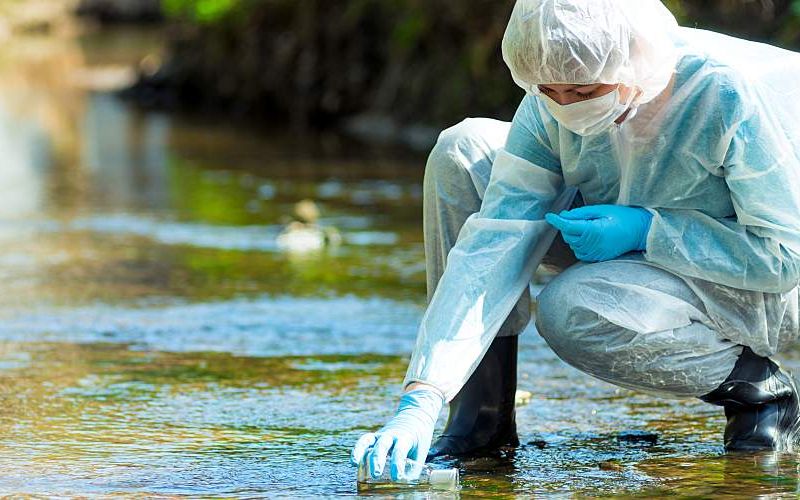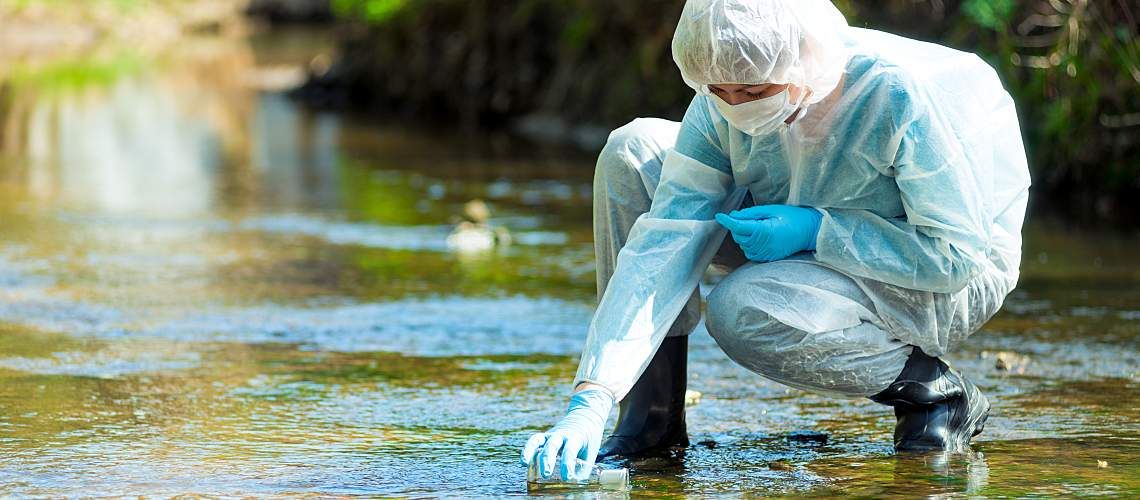Federal Water Pollution Rule Limits Protections


In response to the U.S. Supreme Court ruling in Sackett v. EPA, the U.S. Environmental Protection Agency (EPA) and the U.S. Army Corps of Engineers (Corps) recently wrote a rule limiting federal agencies' power to regulate water pollution. The rule, which went into effect September 8, 2023, redefines the "waters of the United States" (WOTUS) covered under the Clean Water Act (CWA). WOTUS are now only those valid under the Sackett decision.
The new rule severely restricts protections for waters and wetlands. The court held that the federal government may regulate only waters with a "continuous surface connection" to the types of navigable waters the CWA unquestionably covers.
The revised rule eliminates the "significant nexus" standard that the Supreme Court nullified in the Sackett case. In addition, the rule removes federal jurisdiction from wetlands that cross state lines.
Here's a closer look at the new federal rule and how it impacts waters protected by the CWA.
Removing Wetland Protections
Congress enacted the CWA in 1972 to create a federal legal basis to address water pollution and water quality regulation. Over the years, the EPA and Corps have adopted definitions that further clarify the statutory WOTUS.
The Supreme Court decision in May 2023 narrowed the definition, requiring the agencies to implement a new rule. But in some cases, the agencies may still need to further define the "continuous surface connection," according to the Wildlife Management Institute.
Under the revamped rule, WOTUS include:
- Traditional navigable waters, the territorial seas, and interstate waters.
- Impoundments of qualifying waters.
- Tributaries to qualifying waters.
- Wetlands adjacent to qualifying waters.
- Certain intrastate lakes and ponds, streams, and wetlands.
The EPA broadened the court decision by removing the "significant nexus" standard for all waters, not just the wetlands of concern in the Sackett case. Although the policy removes protections from millions of acres across the country, environmental groups described the updated rule as a straightforward execution of the court's decision.
The new definition could undermine the CWA's primary goal, which specifically included the need to protect the "chemical, biological, and physical integrity" of waters. Lacking strong protection for wetlands and streams could make protecting integrity impossible.
Rushing to Revision
Some critics claim the updated rule overlooked major criteria that the court outlined because of a hurried process. This view holds that the EPA and Corps did the least possible to comply with the Sackett decision. The agencies, however, stated that they chose a more expedited approach because they were simply doing what the court instructed by removing the "significant nexus" test.
What's missing, according to critics, is a new criterion to replace that test. Lawmakers contend that the agencies should have gone beyond adjusting the definition and instead implemented a new rulemaking process. For example, although the Sackett decision requires wetlands to be indistinguishable from covered waters, the new rule requires only a surface connection between a wetland and a covered water for the wetland to receive protection.
By not addressing the full scope of the Supreme Court ruling, confusion may continue over how the agencies will ultimately implement the revised definition.
Firming Up Regulations
Although the EPA and Corps may need to guide decisions on protected wetlands and waters, the new rule is intended to provide a more predictable regulatory approach. Still, parties on both sides of the debate will likely challenge the rule in court. And there's plenty to squabble over, with more than half of the nation's water features now lacking federal jurisdiction.
The Sackett decision puts far more pressure on states to maintain strong protections for waters and wetlands no longer covered by federal agencies. Ultimately, the rules may result in a hodgepodge of protections that differ from one state to the next—even for the same water body.






